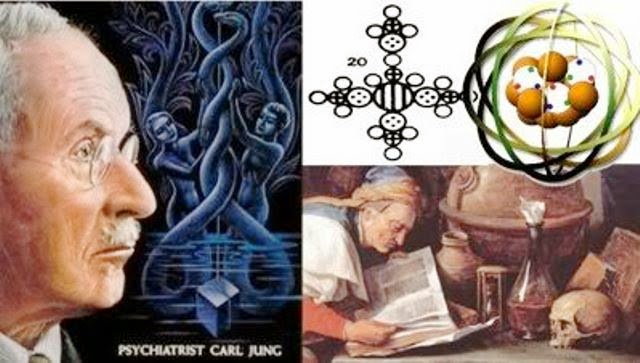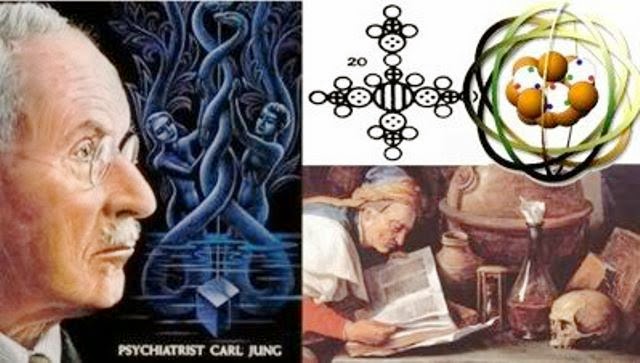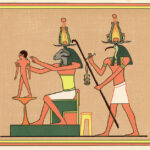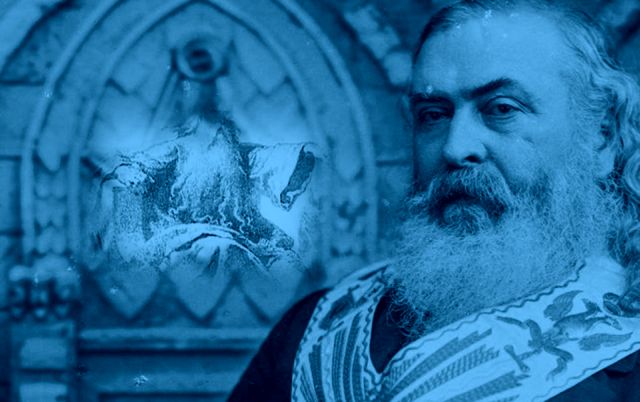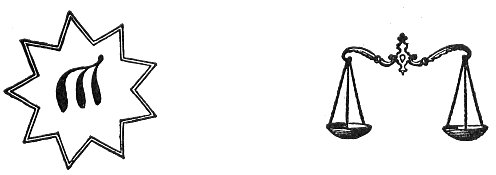“Then the LORD God formed man from the dust of the ground and breathed the breath of life into his nostrils, and the man became a living being.” – Genesis 2:7
As the knowledge of our world increases, we are beginning to learn that the teachings in the Bible that many modern atheists and so-called scholars scoff at as mythical madness and poppycock are in reality a hidden science being revealed right before our eyes. For example, a new study has found bits of genetic code (DNA) in tiny particles of dust that are the building blocks for all vertebrates, including humans.
As it is said in Genesis 3:19 – “In the sweat of thy face shalt thou eat bread, till thou return unto the ground; for out of it wast thou taken: for dust thou art, and unto dust shalt thou return.”
As Science Alert reports;
Originally, they were thought to be just specks of dust on a microscope slide.
Now, a new study suggests that microchromosomes – a type of tiny chromosome found in birds and reptiles – have a longer history, and a bigger role to play in mammals than we ever suspected.
By lining up the DNA sequence of microchromosomes across many different species, researchers have been able to show the consistency of these DNA molecules across bird and reptile families, a consistency that stretches back hundreds of millions of years.
What’s more, the team found that these bits of genetic code have been scrambled and placed on larger chromosomes in marsupial and placental mammals, including humans. In other words, the human genome isn’t quite as ‘normal’ as previously supposed.
“We lined up these sequences from birds, turtles, snakes and lizards, platypus and humans and compared them,” says geneticist Jenny Graves, from La Trobe University in Australia. “Astonishingly, the microchromosomes were the same across all bird and reptile species.
“Even more astonishingly, they were the same as the tiny chromosomes of Amphioxus – a little fish-like animal with no backbone that last shared a common ancestor with vertebrates 684 million years ago.”
By tracing these microchromosomes back to the ancient Amphioxus, the scientists were able to establish genetic links to all of its descendants. These tiny ‘specks of dust’ are actually important building blocks for vertebrates, not just abnormal extras.
It seems that most mammals have absorbed and jumbled up their microchromosomes as they’ve evolved, making them seem like normal pieces of DNA. The exception is the platypus, which has several chromosome sections line up with microchromosomes, suggesting that this method may well have acted as a ‘stepping stone’ for other mammals in this regard, according to the researchers.
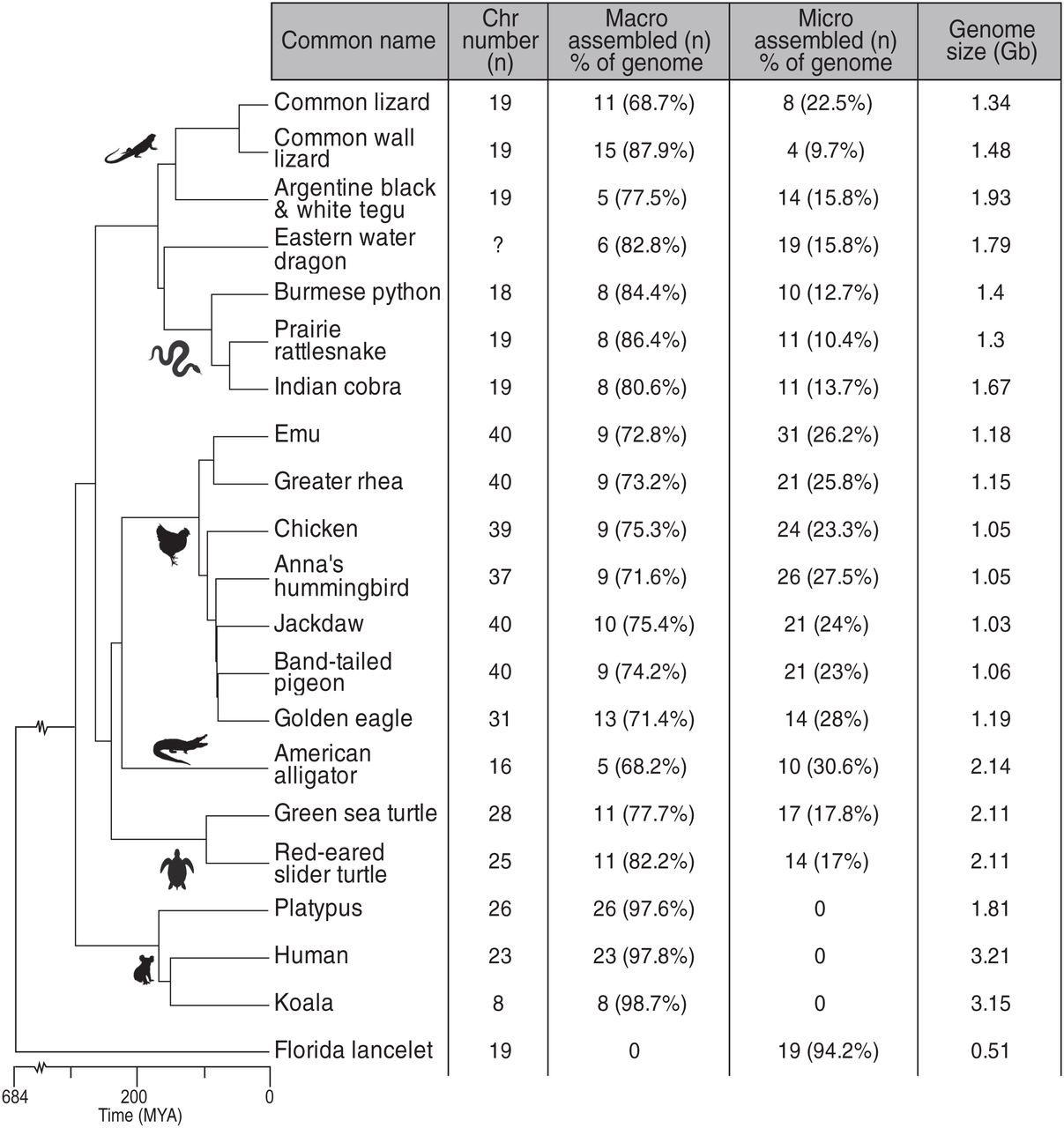
Phylogenetic relationships of reptiles, birds, mammals, and amphioxus genome assemblies compared in this study. Cytological chromosome numbers (n) are shown, along with the number of assembled macrochromosomes and microchromosomes (their percentage of the anchored genome) and genome size. Species names and full common names are given in SI Appendix, Table S1; in the text they are referred to by abbreviated common names.
Read more from Sciencealert.com
Read the original study at this link

Moe is the founder of GnosticWarrior.com. He is a father, husband, author, martial arts black belt, and an expert in Gnosticism, the occult, and esotericism.


![How Bishop Cedd, having a place for building a monastery given him by King Etheiwald, consecrated it to the Lord with prayer and fasting; and concerning his death [659-664 A. D.] | Book 3 | Chapter 23 How Bishop Cedd, having a place for building a monastery given him by King Etheiwald, consecrated it to the Lord with prayer and fasting; and concerning his death [659-664 A. D.] | Book 3 | Chapter 23](https://www.gnosticwarrior.com/wp-content/plugins/contextual-related-posts/default.png)
